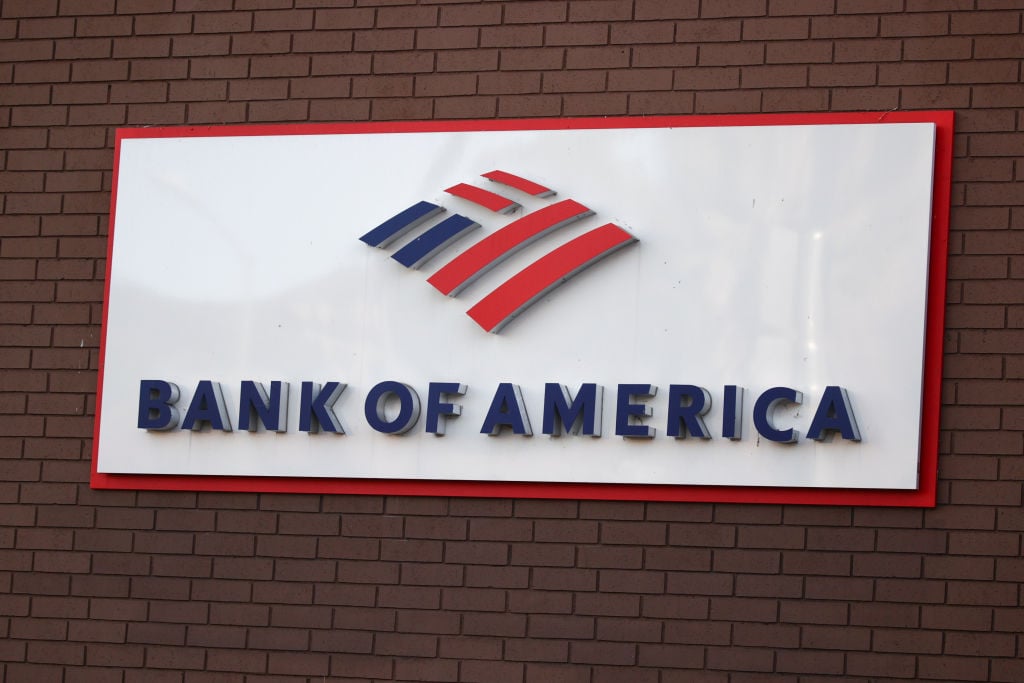Four TARP recipients returned their taxpayer loans in full this week. Signature Bank, Old National Bancorp, Iberiabank, and Bank of Marin Bancorp returned a total of $338 million to the Treasury. Small potatoes, but hey, it's a step in the right direction.
Or is it? Some say banks are eager to return TARP money because they're drowning in a circus of public outrage and impromptu rule changes after the AIG (NYSE:AIG) mess. This is true, of course.
The danger, they claim, is that vilifying every bank with bailout money could undermine TARP's goals of righting the economy. Mainly:
- Banks that can afford to repay TARP funds still should hold the money.
- Why? Because the whole point is to "get banks lending again."
- Hence, banks aren't lending enough in the first place.
- Returning TARP money could also destabilize the financial industry.
Nonsense
All four points, I believe, are misguided. Let's break 'em apart.
1. If you can pay it back, please, pay it back!
However farfetched, TARP has two goals: Stabilize the financial industry while protecting taxpayers. If a bank feels it has enough firepower to pay back its TARP funds while stable enough to operate independently, heck, mission accomplished.
Wells Fargo (NYSE:WFC) insists that it never needed the money in the first place. Goldman Sachs (NYSE:GS), JPMorgan Chase (NYSE:JPM), and Bank of America (NYSE:BAC) have announced eagerness to return the money as early as this month. While that might prove embarrassingly optimistic, the four banks hold a collective $105 billion of TARP funds. If they're willing and able to pay it back, are we really going to complain?
2. Some say yes
Banks shouldn't be eager to repay TARP money, critics say, because we desperately need the money lent out. That was the whole point of TARP, they claim -- "to get banks lending again."
But was it really? When TARP was hastily formed last September, I remember it having just one goal: to halt a run on the banks.
Credit markets were screaming bloody murder after Lehman Brothers' failure and AIG's collapse. Perhaps more importantly, Lehman's bankruptcy caused the Reserve Primary money market fund to "break the buck," leading investors to extract $550 billion from credit markets "in a matter of an hour or two," according to Congressman Paul Kanjorski.
Panic-induced bank runs equal bank failures. Bank failures equal Great Depressions.
TARP's goal was never to get banks lending again -- it was to make sure we had banks the next day.
3. Besides, who says banks aren't lending enough?
In February, Wells Fargo issued a press release stating:
Since credit began contracting 18 months ago, Wells Fargo has made almost half a trillion dollars in new loan commitments and mortgage originations. Last quarter alone, we made $22 billion in loan commitments and $50 billion in mortgage originations.
Look, everyone knows credit is extremely tight, but it's not because banks aren't lending enough. In fact, the most recent Federal Reserve data shows that banks have lent more to businesses this year than they did last year. (Here's a chart.)
The main reason credit is tight is because the shadow banking system -- nonbank lenders like Bear Stearns, Lehman Brothers, hedge funds, and SIVs -- has disintegrated.
Before the financial system imploded, shadow banks provided as much as 40% of all consumer lending by securitizing various forms of credit, from auto loans to credit card receivables. Most of that market is now kaput. That's also why some nonbanks like American Express (NYSE:AXP) scrambled to become bank holding companies when things when south last year.
4. If they return the money, we'll be back to square one
If banks return their TARP money, the financial system will become destabilized again, critics say.
While this seems logical, it might not be that straightforward. Why?
TARP was distributed in preferred shares that -- while restoring enough confidence to halt bank runs -- did nothing to strengthen banks' common equity capital, which is what's needed to repair their books. While considered "equity" to an accountant, preferred capital is essentially just more debt.
Case in point: Citigroup (NYSE:C).
Its first bailout in October provided $25 billion through preferred shares. One month later, it was back for more -- $20 billion this time. Three months later -- shocker! -- it successfully begged the government to convert a large chunk of that preferred to common.
What happened? The first two bailouts didn't strengthen Citigroup's tangible common equity ratio, which was so thin that the bank was teetering on insolvency.
By and large, banks that are stable today will be stable without preferred TARP capital. For banks that truly do need help, converting preferred shares into common equity is what's needed.
Better yet, why not just shoot the zombie banks already?
Be happy
I understand the outrage. Bailouts aren't supposed to be fun. But let's not turn outrage over giving banks money into outrage over them giving it back.
For related Foolishness:









